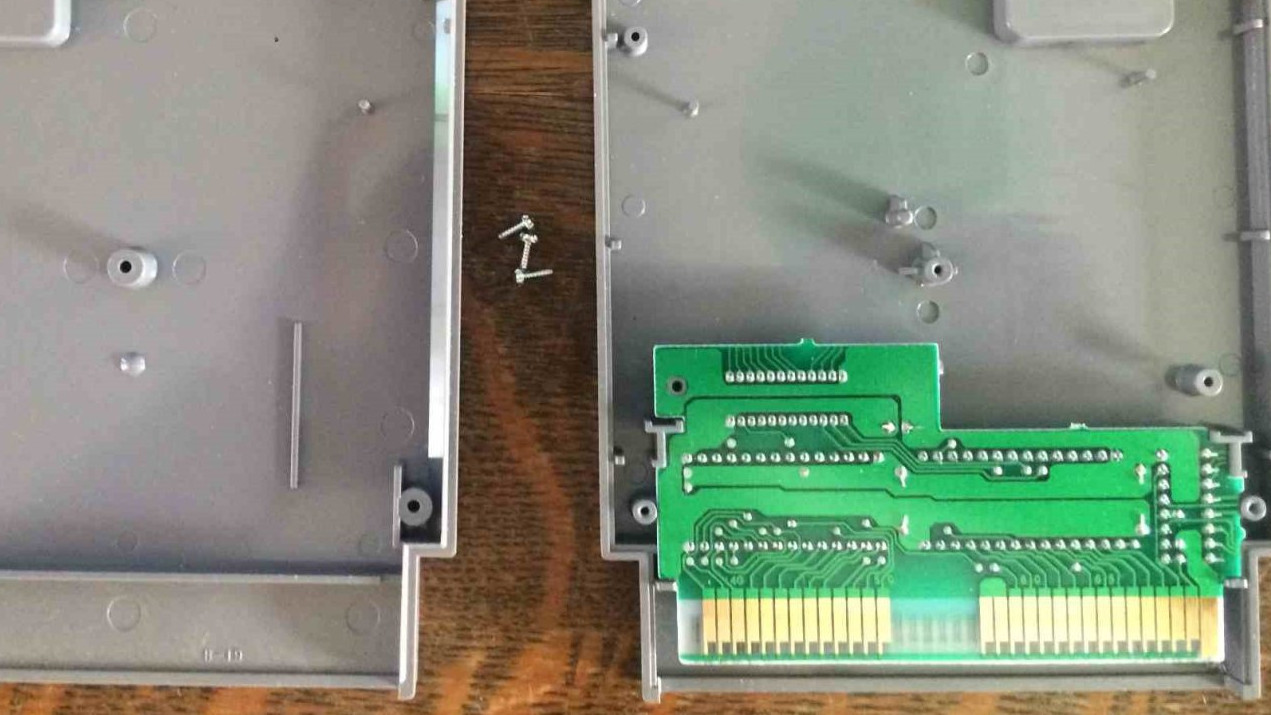
Earlier this week, iFixit released a PSA on whether or not game cartridges can be fixed by blowing into them, per the traditional retro gamer's mindset— and while they do indeed conclude that cleaning tools are better than simply blowing on the cartridge, there is more nuance to cartridge-blowing than the iFixit blog post may lead some to believe.
First and foremost, though, let's discuss why iFixit and other parties it cites—as well as Nintendo long before them—warn against blowing on cartridges to dislodge dust and other debris from their enclosures. The long-term concern has always been that accumulated moisture in the user's breath, particularly careless spittle, can cause corrosion to build up on the contacts of both the cartridge and the console/handheld's cartridge reader over time, eventually forcing a full cleaning or replacement with enough accumulated corrosion.
However, the main argument cited by iFixit and its additional sources all tie back to one Frankie Viturello, who once ran a "study" (now long delisted) with two identical NES cartridges for the game Gyromite. One was blown on ten times a day for a month, and the other wasn't. The blown cartridge was never inserted into a console, either, so ongoing functionality wasn't even tested— instead, the study concluded with photos of accumulated corrosion after a month of the most careless possible treatment to a classic game cartridge. This proves a (limited) point about corroding game cartridges and game consoles with excess moisture in the breath over the long term— this does not debunk the functionality of blowing on cartridges.
All this isn't to say you should be blowing on your cartridges: you generally shouldn't, for the same reasons you wouldn't want to manually dust the inside of your PC with your own lungs. Corrosion and contamination are a real concern, but in this context an ultimately long-term concern— no realistic use case is going to accumulate such dramatic corrosion so quickly. Cartridge gamers around the world have been doing this since at least the NES era, and many will attest to having blown out visible dust from a cartridge to get a game working, this author included.
However, there is always a better way. While cartridge blowing can work according to several more sources than just Frankie Viturello, there are times when doing so simply isn't necessary— particularly on the NES, where its zero insertion force design (ZIF) could unfortunately result in cartridge pins not making full contact with the board. In these cases, especially where no dust was actually blown out, the act of reinserting the cartridge is what fixes the issue, not blowing on it.
But when re-insertion doesn't work, it usually means there is debris or dust stuck inside the cartridge, or the cartridge's contact pins have already accumulated corrosion. (Or the cartridge or console's slot reader is simply permanently broken.)
In the case of an actually dirty cartridge, iFixit advises purchasing its Precision Cleaning and/or Game Console Cleaning Kits. While iFixit products are nice, we can't help but mention the cheaper alternatives available, such as using far-cheaper compressed air for dust removal or simply combining Q-tips with isopropyl alcohol for deeper (corrosion) cleaning.







